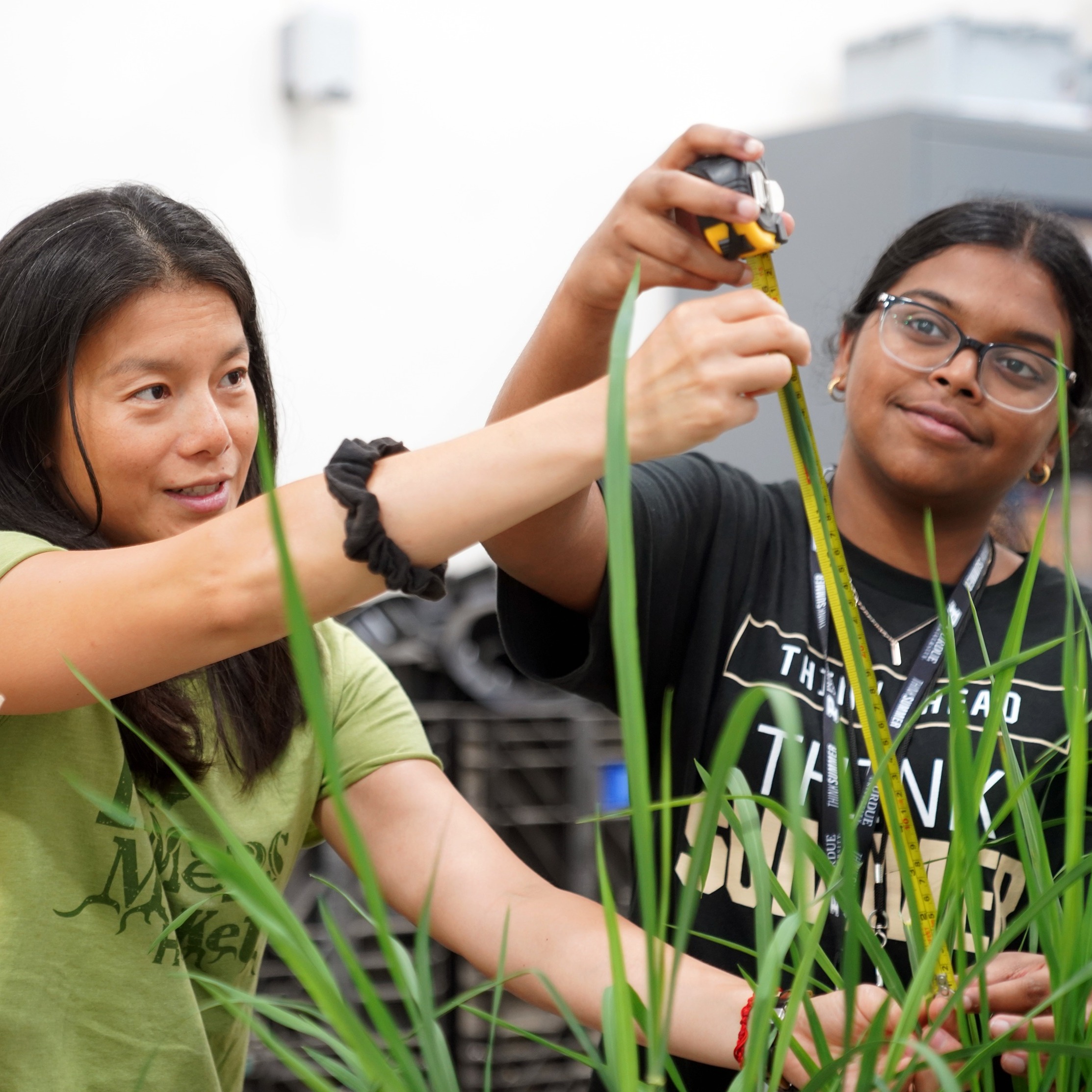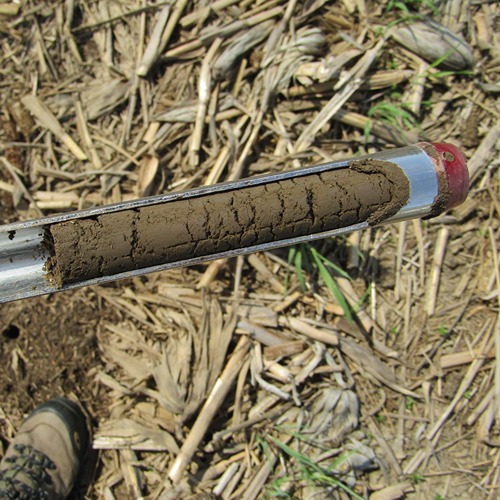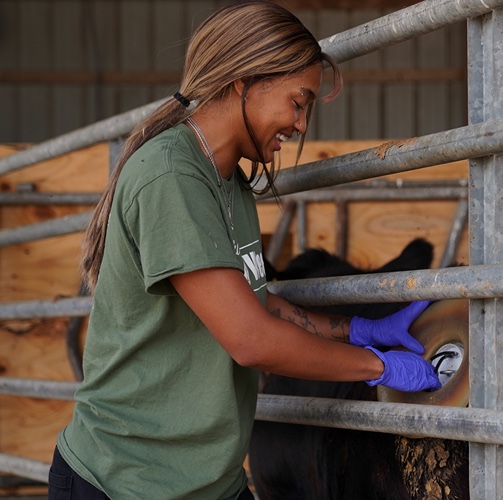Sometime between 5 million and 13 million years ago, both maize and soybeans underwent genome duplications, but Purdue University scientists believe they happened in very different manners.
Damon Lisch, associate professor in the Department of Botany and Plant Pathology, and Jianxin Ma, professor in the Department of Agronomy, studied the evolution of these major crop plants’ genomes. They wanted to understand the ways in which genomes duplicate - creating multiple copies of genes - and how those genomes change over time.
In maize, Lisch and Ma believe the duplication happened when two species of grass with similar genomes crossed, like distant cousins. The genome from one plant was dominant, and over time, lost redundant copies of genes at a far lower rate than the other.
“You don’t need two copies of everything,” Lisch said. “And there are many examples of differences in the loss of redundant genes when a whole genome duplication results from crosses between related species.”
Lisch and Ma, whose findings were published in the journal The Plant Cell, suggest that those differences arose from differences in the number and distribution of transposons in the two genomes when they were first combined.
Transposons, or so-called “jumping genes,” move around DNA and threaten to alter or damage other genes. The plant defends against those transposons by turning off their activity, sometimes reducing the level of expression of genes around them. Lisch and Ma said the lost genes in maize tend to be from the same subgenome and exhibit differences in both transposons next to genes and levels of expression of those genes.
“If you’re a gene and you have a transposon near that’s been turned off, that can turn down the gene as well,” Lisch said. “There’s a benefit to turning down the transposons, but there’s also a cost. The data from maize suggests that one of the two genomes that combined to form the maize genome was paying more of a cost. Because of this, genes in this genome expressed at a lower level and were more likely to be lost over time.”
Soybeans, however, have lost genes from both genomes at about the same rate.
“That suggests that when the two genomes that came together to form the soybean genome, they were basically identical,” Lisch said.
The authors’ findings suggest that soybean’s genome duplication came not from a cross of distant relatives, but from the plant’s own genome spontaneously doubling.
Understanding the role transposons play on the evolution of genomes can help scientists understand how plants make compromises within those genomes.
“This provides insights on how duplicated genomes have changed and how those changes may have affected the plant’s phenotype as we observe it today,” Ma said. “This may facilitate discoveries in gene networks as we analyze traits of agronomic importance.”
The United Soybean Board, Indiana Soybean Alliance, Agriculture and Food Research Initiative of the U.S. Department of Agriculture National Institute of Food and Agriculture, and the National Science Foundation supported this research.






